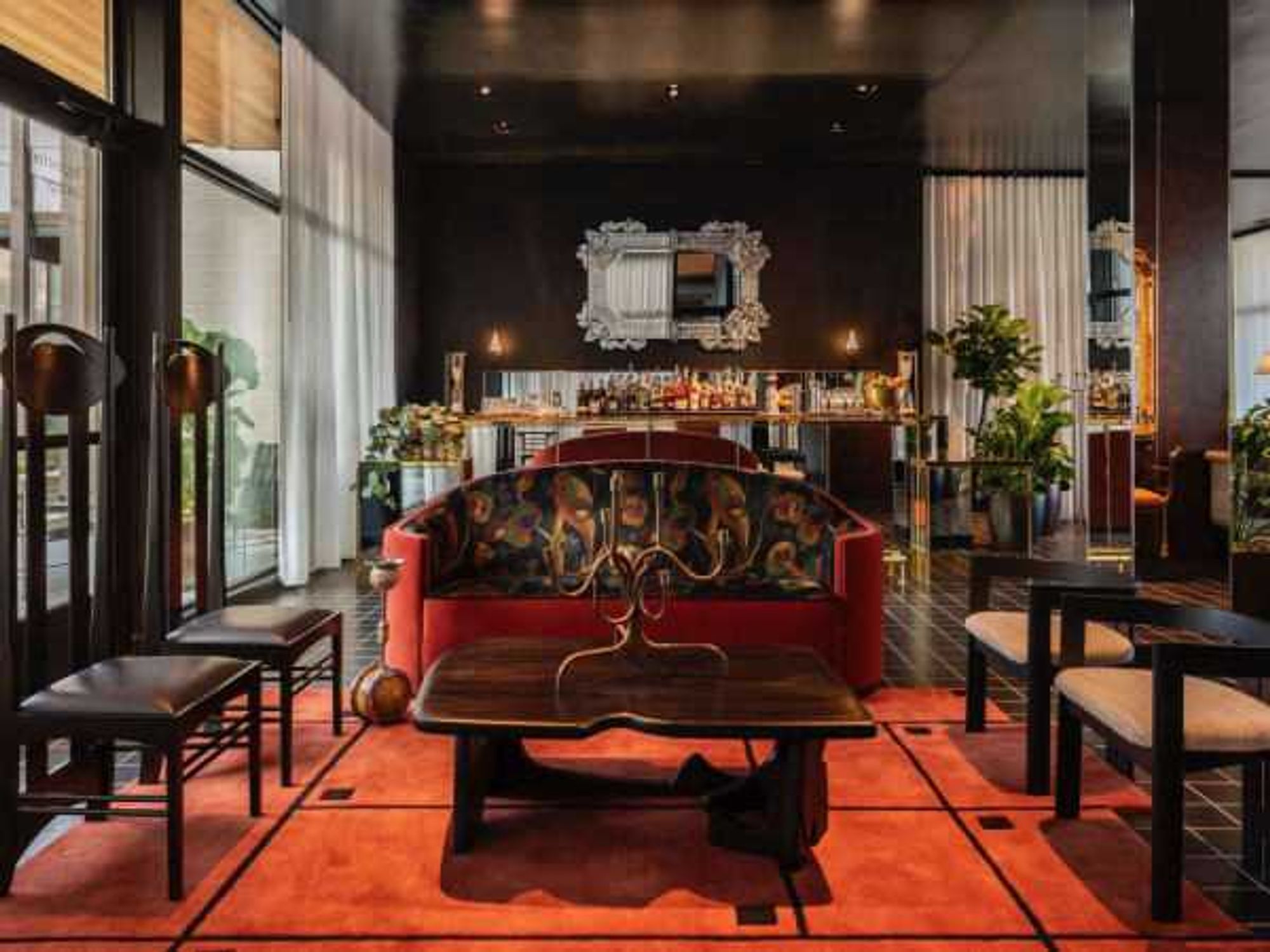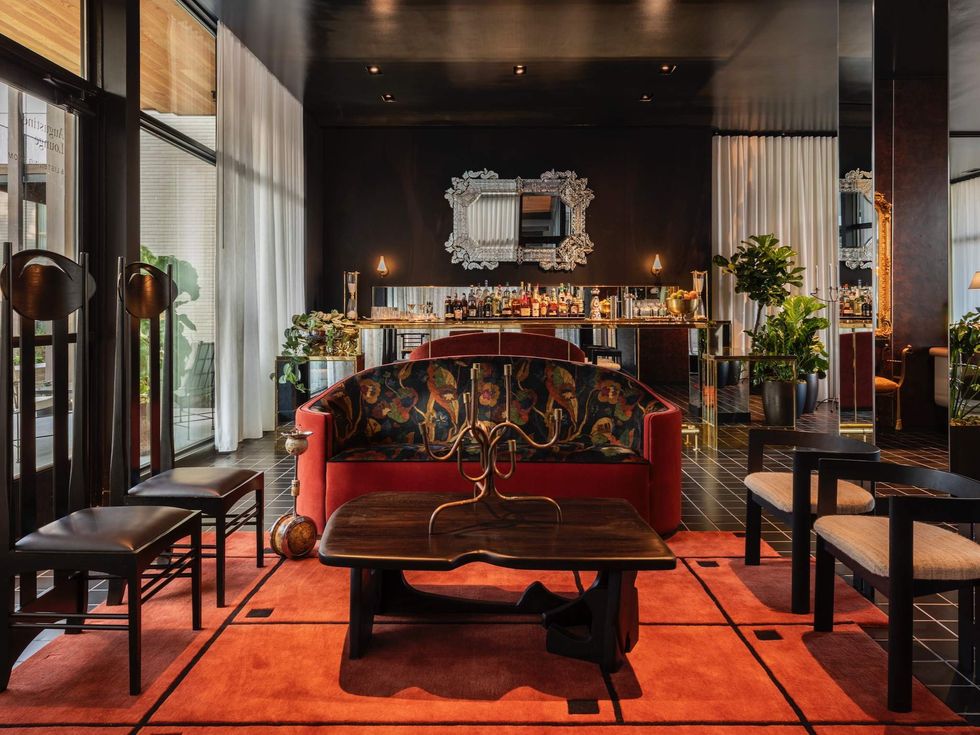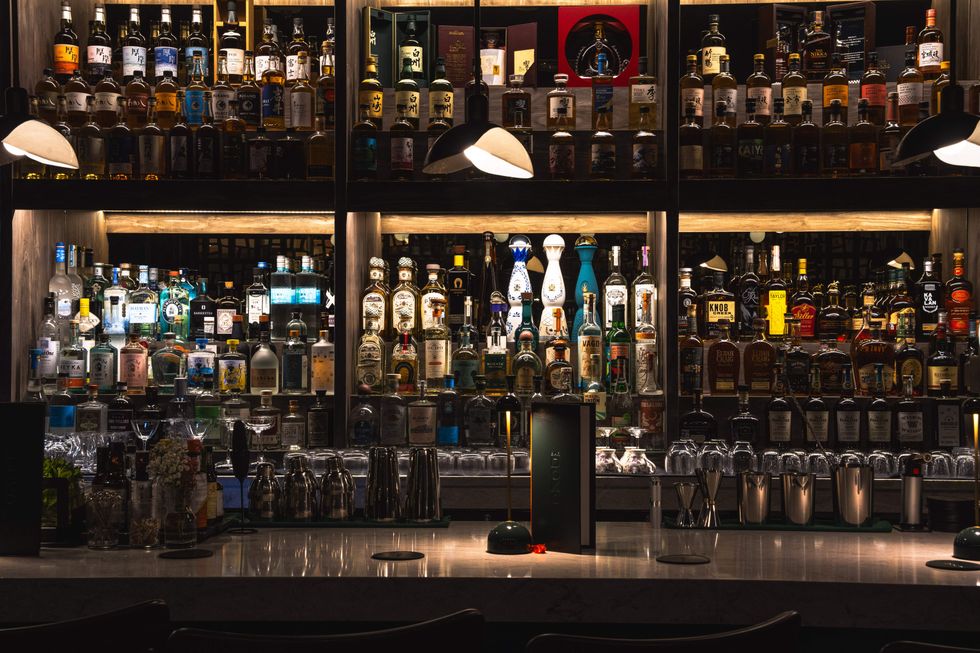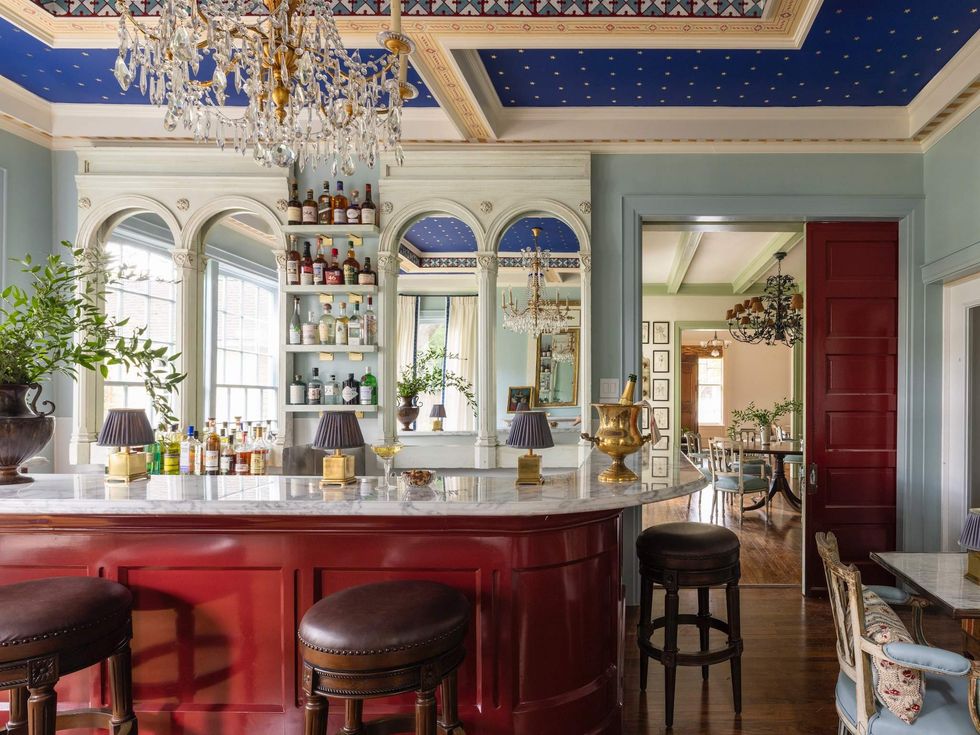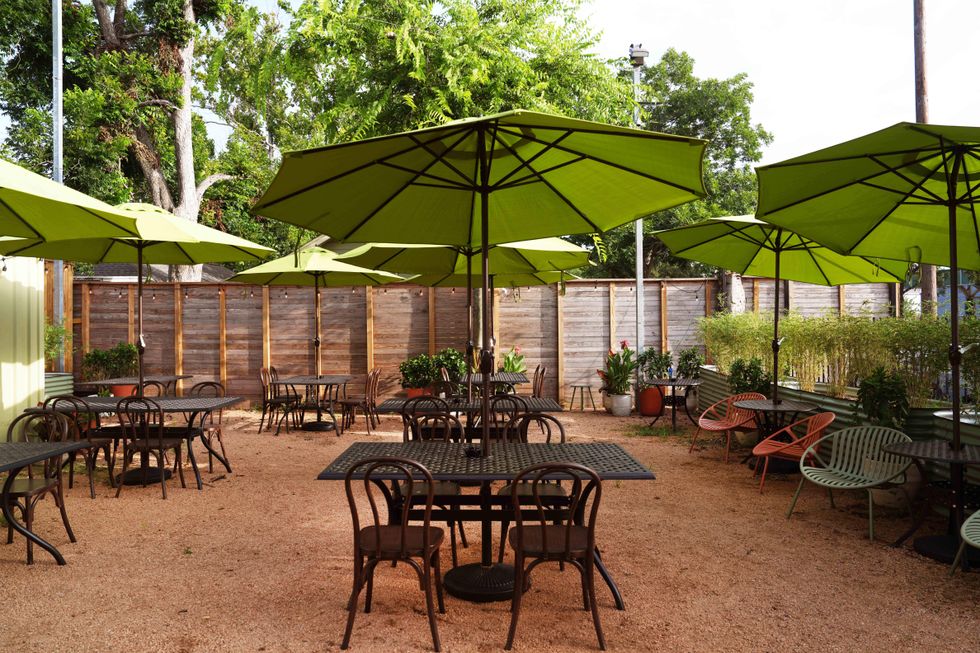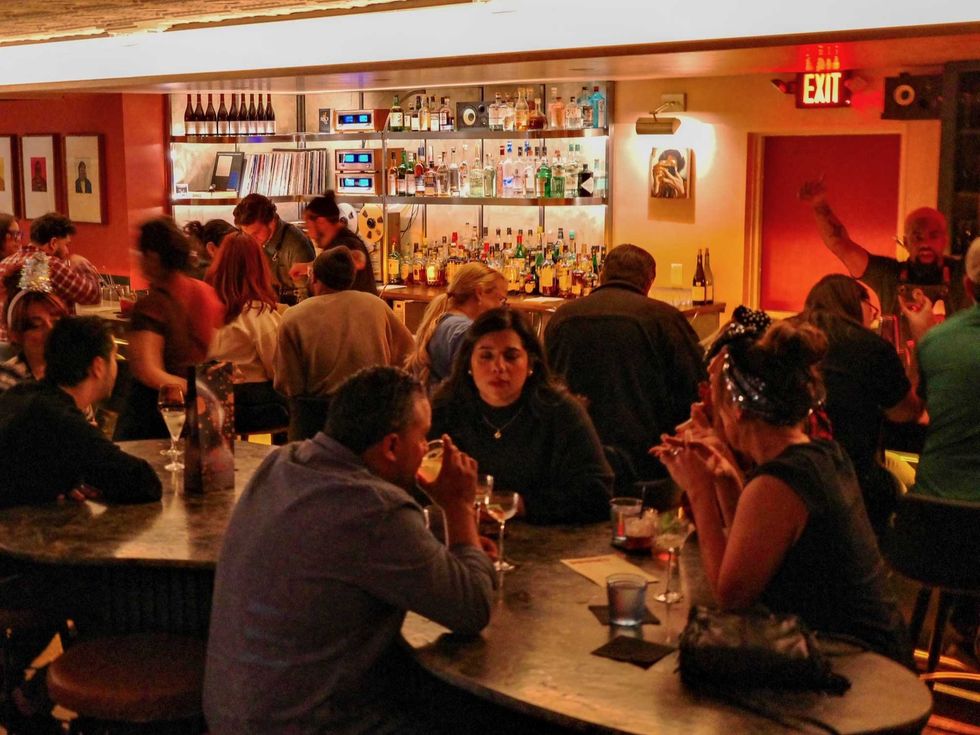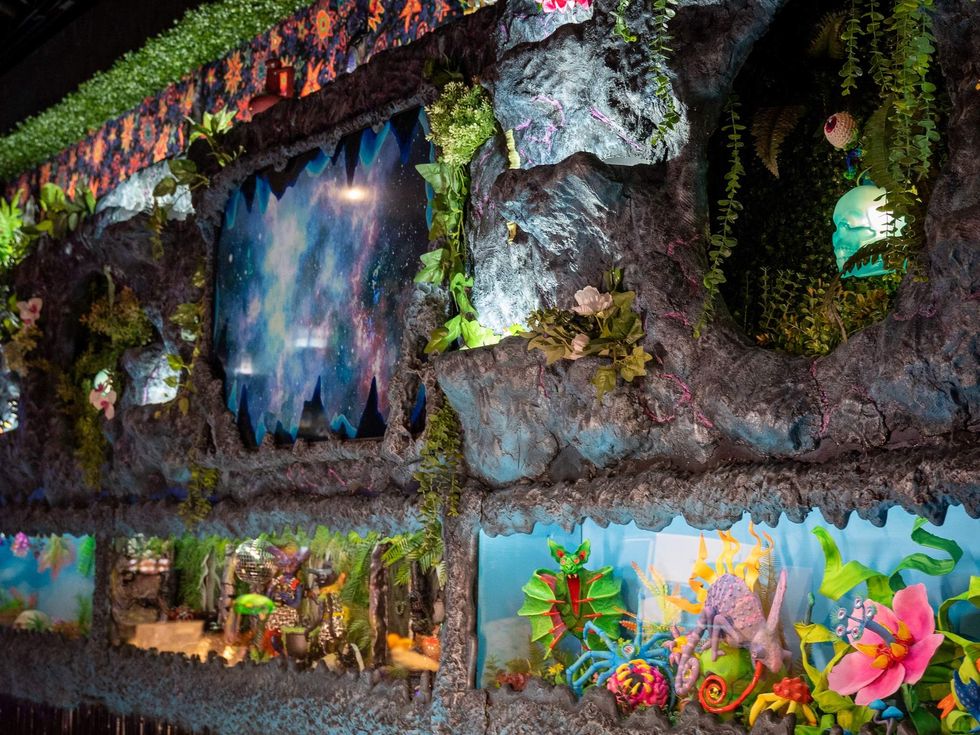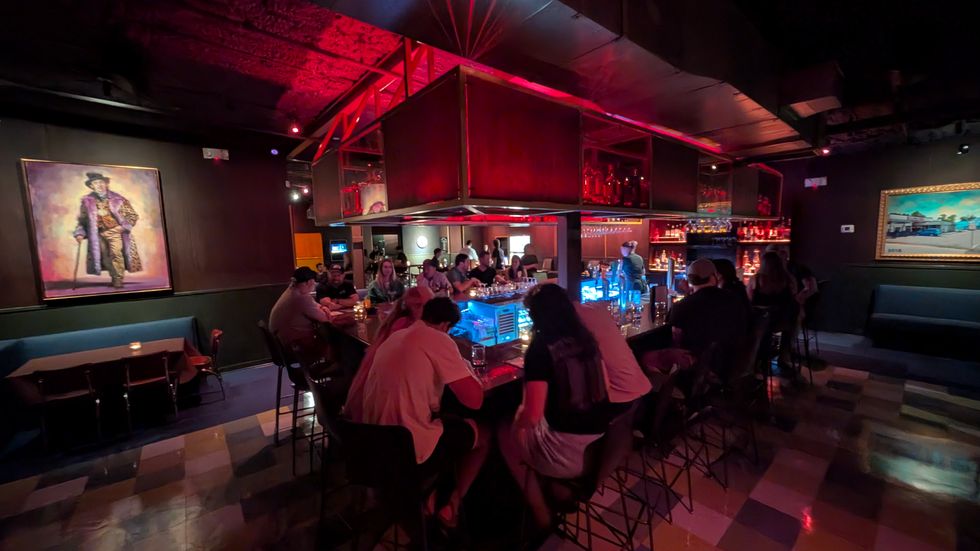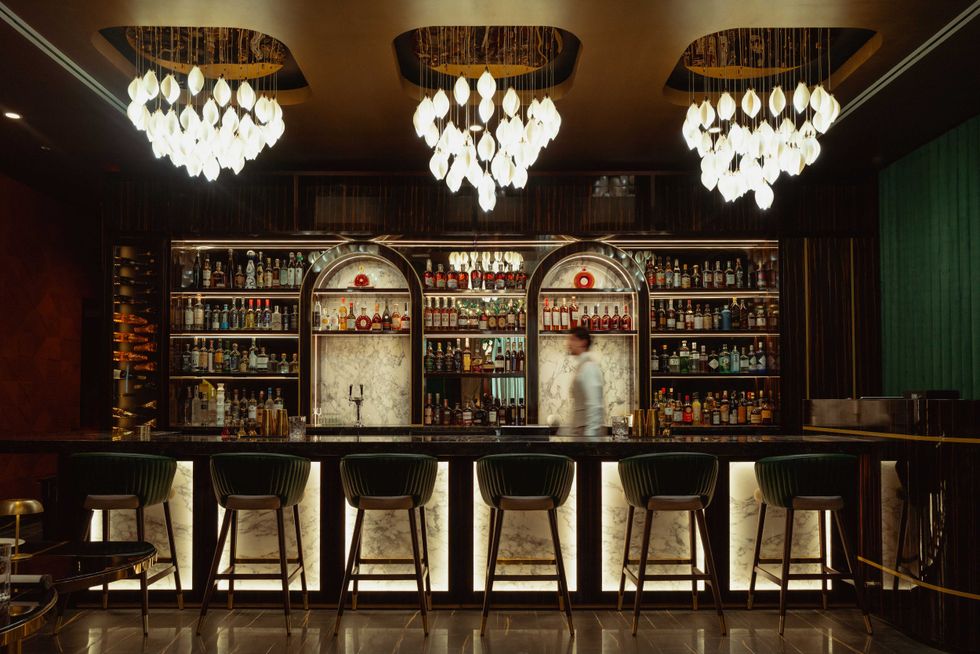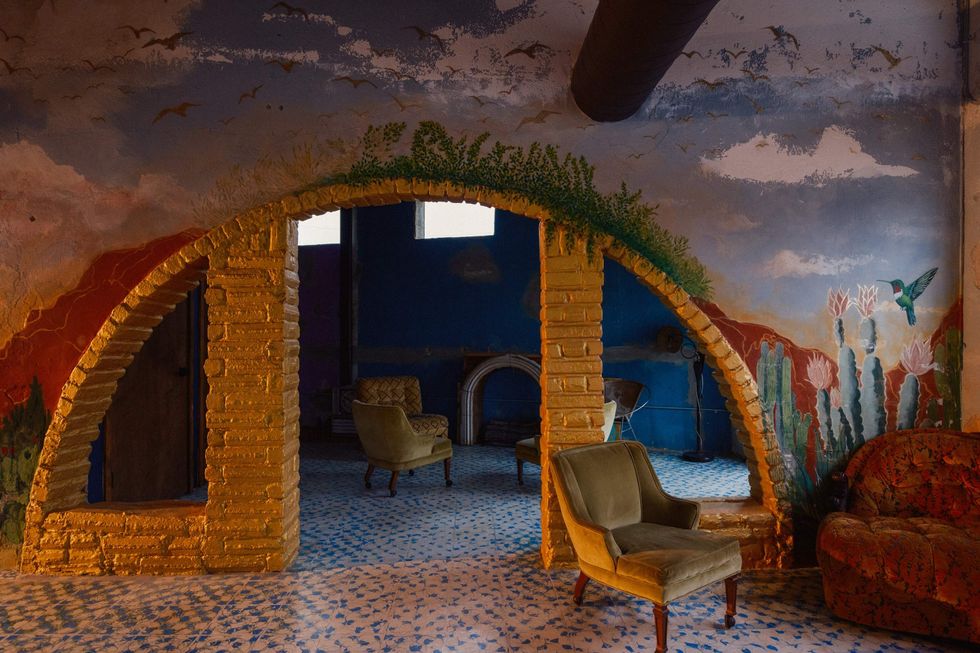No photos, please
Restaurant critics unmasked (that means you, Alison Cook!): In new social mediaworld, it's hard to remain anonymous
- D Magazine critic Nancy Nichols goes geisha girl.
 In Ruth Reichl's book Garlic and Sapphires, she chronicles her attempts atanonymity as food critic for the New York Times.
In Ruth Reichl's book Garlic and Sapphires, she chronicles her attempts atanonymity as food critic for the New York Times.
Editor's note: To kick off our editorial special series, Good Eats, we asked acclaimed Texas food writer Teresa Gubbins, who we're proud to say is part of the CultureMap Dallas team, to survey the state's food scene and write about what's on her mind. She wonders, should restaurant critics remain anonymous?
I was trying to reach a chef, so I messaged him on Facebook.
"I can't find a photo of you online," he messaged back.
"What does that matter?" I said.
"I just find it humorous that you guys always try so hard to conceal your identities!" he said.
By "you guys," he obviously meant food critics, but it was hard to tell what he found so funny: the effort itself (had he seen my horrid skunky wig?) or, more likely, his insider knowledge that any attempt by a critic to stay out of sight was a waste of time.
Before Eater ruined everything, Alison Cook was one of the few critics in Texas who'd been able to survive without her photo showing up online.
During these churning times in media, the pursuit of anonymity by anyone — critic or otherwise — might seem futile and maybe a little pompous. And for critics, it's almost become passé — the self-absorbed concern of a privileged few who still have jobs. Fewer publications can afford food critics, and those critics who are employed are usually expected to do more than mere reviews. (Like write essays, for example.)
But in a field where the temptations are many and the pay is usually low, aspiring to some kind of standard is still laudable, even if achieving anonymity is a myth.
The topic is fresh in Texas, because a longtime-anonymous critic was recently outed after appearing at a public event at the behest of her employer. Alison Cook, the well-respected critic for the Houston Chronicle, was encouraged by her editors to be more visible, so she spoke at a food show, where she was photographed by (at least) two people. One of the photos was published by Eater Houston.
Cook was philosophical about the reveal, telling Eater that times have changed for journalists and newspapers, and that she was honoring the request of her employer to be more visible.
Before Eater ruined everything, Cook was one of the few critics in Texas who'd been able to survive without her photo showing up online. Having no photo floating about used to be code for "integrity," and it's not the easiest thing to accomplish.
Dallas Morning News critic Leslie Brenner has a photo circulating from the jacket of a book she wrote. Pat Sharpe at Texas Monthly has had photos on Facebook. Pictures of D Magazine's Nancy Nichols have been published on her SideDish blog — though she's heavily disguised. (However, Eater Dallas has posted a perfectly recognizable picture of Nichols.)
Even without a published photo, anonymity is next to impossible in the one place where it matters most: a restaurant.
Meanwhile, younger critics such as Matthew Odam in Austin and Katharine Shilcutt and Sarah Rufca in Houston never bothered with anonymity and thereby disarmed the drama altogether.
Even without a published photo, anonymity is next to impossible in the one place where it matters most: a restaurant. Waiters remember faces and change jobs, moving from one new opening to the next. The waiter you saw three months ago at Underbelly, you’re now seeing at Provisions. When a new critic comes onto a dining scene, restaurateurs say that it takes only six months before his or her identity is known.
The romantic notion of the food critic undertaking James Bond-style costume changes came from Garlic and Sapphires: The Secret Life of a Critic in Disguise, the memoir by former New York Times critic Ruth Reichl, who concocted elaborate aliases in order to make her feel like an ordinary diner. What a harrowing transformation that must have been.
If Reichl came off more narcissistic than anonymous, her point was still made: a principled reviewer would do anything to remain unrecognized to avoid receiving special treatment. (The concept of a food critic donning disguises was so dramatic that it was used in a 2005 episode of Law & Order: Criminal Intent.)
It’s an odd victory to be served something bad and inwardly congratulate yourself because you didn’t get special treatment.
The book was illuminating because it contradicted what many people thought happened with critics — that they announce their entry and the staff brings a soaking bin for their feet, then delivers every dish on the menu for them to taste. (This is also known as the blogger fantasy.) The assumption is that a critic will get a better meal.
But the opposite is just as true. I saw that while working in the pastry shop at the Mansion on Turtle Creek, when then-Dallas Morning News critic Waltrina Stovall came in for lunch. My duties included the pedestrian task of "plating" desserts. When word of Stovall's arrival hit the kitchen, the top-dude pastry chef motored to my station and pushed me aside. I watched his hands shake as he drizzled my beloved streaks of raspberry purée and fanned out slices of mango with far less dexterity than I, who did it every day. I would've done it better!
Conversely, I recently had an inedibly salty dish and not-so-good service at Acme F&B, even though I was greeted warmly by one of the chef-owners. It’s an odd victory to be served something bad and inwardly congratulate yourself because you didn’t get special treatment.
Unachievable and old-school as it may be, anonymity still seems a worthy goal. Keeping a low profile, not asking for or expecting favors — those things are not only professional, but they're also good behavior for anyone. It also sets you apart from the new wave of food bloggers hungry for freebies and recognition.
But it also has its risks. That critic on Law & Order? She got murdered.

